The dining room has a low ceiling but is smartly decorated, with a mural of a tropical scene along one wall. The floor is carpeted, avoiding the excess noise which wooden floors can generate, and the lighting is good. Tables have white linen tablecloths and an attractive vase of lilies. The notes that follow are from my most recent visit.
Crab cakes (£10) were made from the white crab claw meat, which was cooked on a skillet with ginger, chilli and curry leaves (14/20) served with mustard sauce. Cauliflower chilli fry had pieces of cauliflower deep fried with yogurt, green chilli and curry leaves, and was extremely good, the batter very light, the cauliflower having good texture and accurate spicing (15/20).
Monkfish casserole (£21) had monkfish fillet that was seared and then served in a spicy mustard sauce with scallops and shrimps; the monkfish was nicely cooked (it is very easy to overcook monkfish) and the mustard sauce worked well. Kovallam fish curry (£18) consisted of pieces of halibut simmered in a coconut-curry based sauce with chilli and raw mango (14/20).
Rice was fine, with well-defined separate grains, though the small portion was rather odd when set alongside the vast portion of (very good) channa masala (£8), whose chickpeas were tender and again had careful spicing (14/20). As before, appam (£2.50) was excellent (14/20), while paratha (£3) was light, moist and in no way greasy, as it can often be (14/20).
The service was much patchier than the last visit, with some difficulty getting attention and one dish forgotten, though it was friendly enough. I was disappointed to see that the sea bass (£19) had reverted to farmed rather than wild, given the previous assurances of the chef, though I suppose the price of the dish has dropped a little. However, overall the cooking was much more consistent than on my last visit, and this was a very enjoyable meal.
The notes below are from a visit in February 2008.
The menu covers the coastal areas of southern India, not just Goa and Kerala but also Mangalore. Prices are chunky for the food: starters £6.50 - £12.50, mostly around £8, while main courses were £18 - £25, and vegetable side dishes a hefty £9. Rice was £3, paratha £3.30. The wine list has plenty of choices under £35, with good growers and is carefully chosen, though mark-ups are still high. Trimbach 2005 Riesling £32 for a wine that retails at £8, Kim Crawford Pinot Gris 2005 £35 for a wine that retails at £8.50.
Popadoms come with an excellent array of home-made chutneys: garlic, lemon, aubergine, tomato and coconut, all tasty and well made (14/20). I began with a nicely made crab cake, the crab meat sautéed with ginger, green chilli and curry leaves, and served with tasty but controlled mustard sauce that lifted but did not overwhelm the crab (14/20). Konkan fish was marinaded (with garlic, ginger, chilli and tamarind) before being cooked on the griddle, the tamarind giving a pleasing hint of sweetness to offset the spices (14/20).
A tiger prawn (prawn Byadgi) was correctly cooked with ground byadgi chillis (a red chilli from Kamataka which gave a pleasant spiciness) and served in its shell (13/20) but a roasted tilapia fillet served in a banana leaf was strangely watery and tasteless, with a vapid tomato based sauce (10/20). Much better was seared sea bass cooked with lime juice, chilli, onion and tomato, the (farmed) fish timed well, the sauce topping working well with the flavour of the bass (14/20). Mangalorean chicken was cooked well but I found the sauce (coconut, peppercorns, red chilli, cumin, coriander) just gave a one-dimensional hotness (12/20). To be fair, I have had this dish in India, and that is what it tastes like there, so this is authentic enough, just not the most interesting chicken curry.
Aloo gobi was good, the potatoes in particular having retained their texture (13/20) while channa had tender chickpeas but a rather bland sauce (12/20). Paratha was well made, moist but not greasy, and appam, the south Indian lace-edged rice pancake, was excellent, freshly made with supple texture (14/20 bread). Service was terrific, with a particularly observant and helpful waiter (e.g. when he noticed I had barely touched my tilapia, he inquired about it, took it away, took it off the bill and replaced it with a complimentary sea bass dish, all without prompting).
Overall I found the cooking was very authentic, as one would expect from a chef (Sriram Vishwanathan Aylur ) who worked at the Taj hotel group in India since 1989 before coming to London. Spicing could be more vibrant (I suspect a toning down for perceived posh London hotel tastes) but I liked the attention to detail shown e.g. in the home-made chutneys and the good bread. In general technique was very good, though ingredient quality could be improved (farmed bass, prawns that had a hint of chlorine about them). For £22 for a dish of sea bass, surely one could hope for wild bass? (see below)
Postscript to the 2008 meal. The chef contacted me after reading this review and has decided to use wild sea bass from now on; a very positive step in my view and one that demonstrates that he listens to customer feedback (but see above for 2010).
Further reviews: 31st Dec 2015












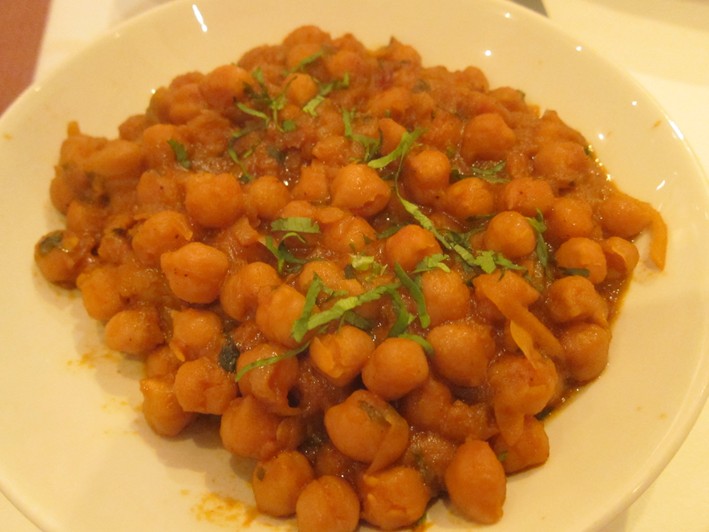
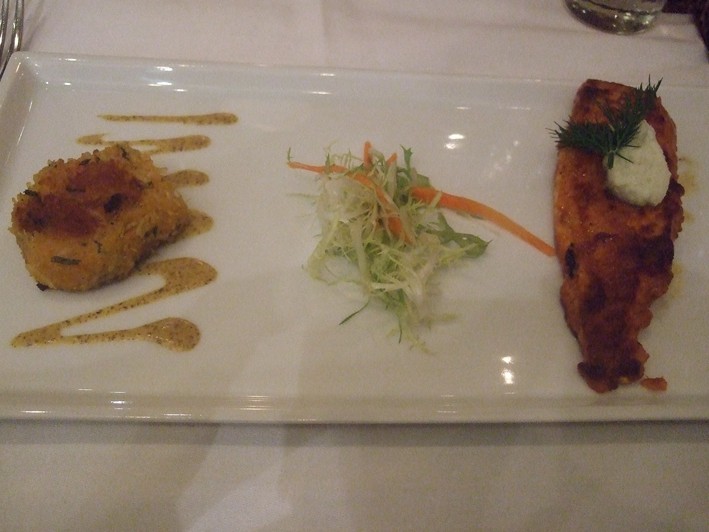
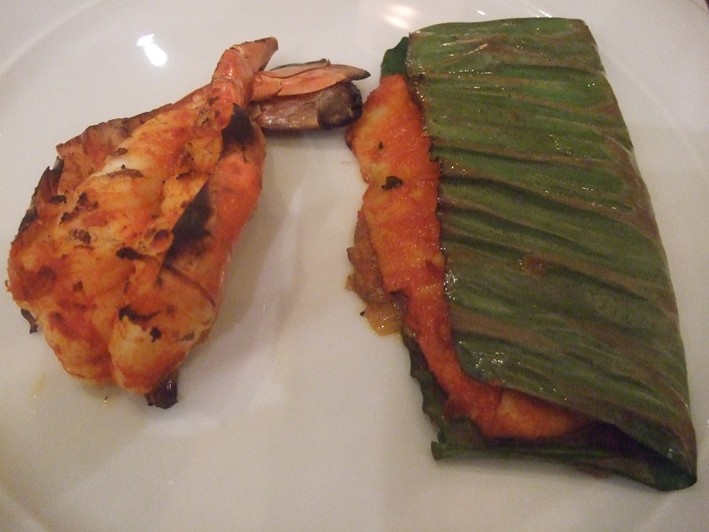

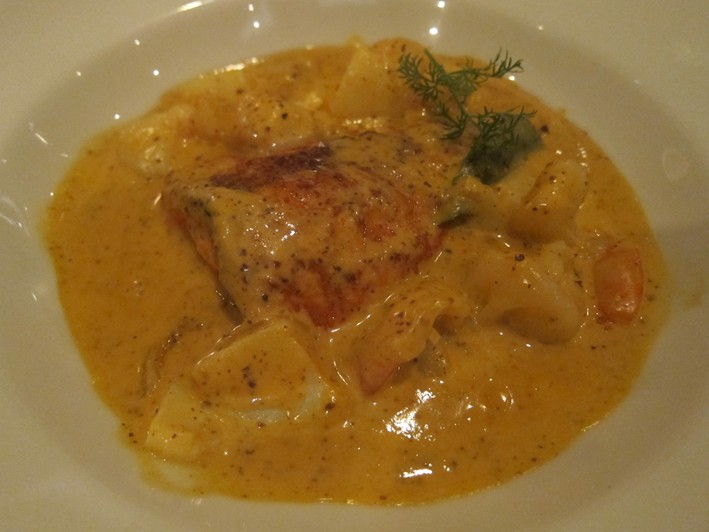
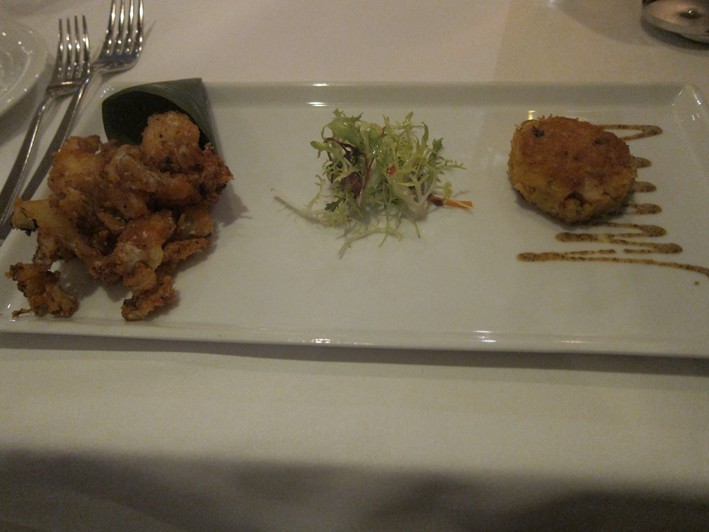
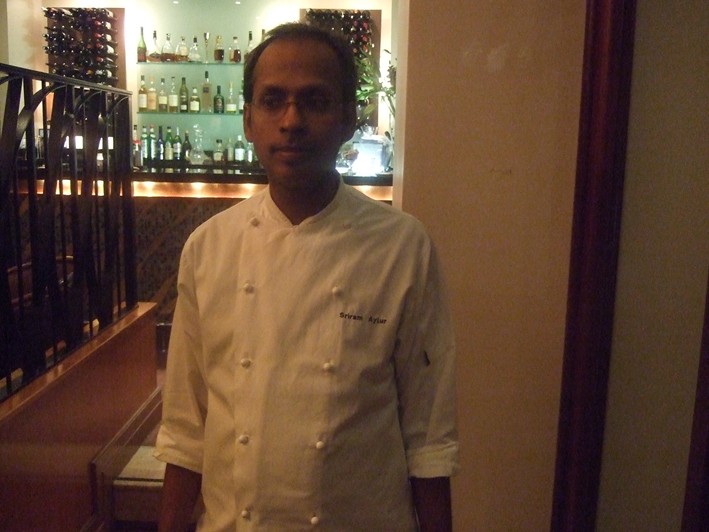

Dale
Actually very different to any other Indian I'd been to - took my boss (an ex-Colonel) as a retirement present. He loves Indian food and was delighted.
Chris
Sounds like just another overhyped, expensive Indian restaurant, as if London needed any more of the damn things.